The city of fish and Kitaro Sakaiminato Guide for Sightseeing
History and culture have been closely connected with the sea.

Sakai Daiba Park and Sakaiminato Light House
Daiba Park is the old gunnery site which was built in 1863 by the Tottori Clan. Japan was on the national isolation at that time, and the gunnery site was built for the defense against foreign ships. The San-in's oldest wooden light house, which was built in 1905, had looked over the busy traffic of ships. And it was restored by Sakaiminato City in 1991 for the symbol of history and prosperity of the city. The Park was designated in 1988 as a national historical site and it has also became famous as the flower park that has 350 cherry trees.


Big stuffed headfish welcoming visitors
Sea and Life Museum
"The Waterless Aquarium" which was built after reforming an old sake brewery house is known as Japan's No.1 for its number of stuffed fishes and crabs. Along with orientation and display of the technique and equipment of fishing, the Museum exhibits the cultural inheritances which were used in life of people. Visitors can learn how agricultural and other general tools related to folks in old days.
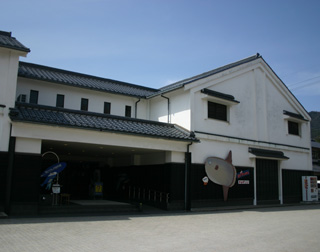
Umi-to-Kurashi(Sea and Life) Museum for Historical Materials
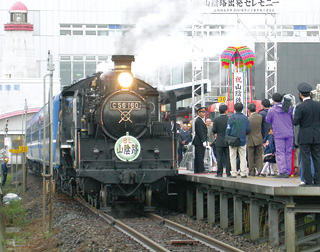
Steam locamotive reproduces an atmosphere of those days.
Cradle of Railroad in Sanin
Sakaiminato is the cradle in Sanin for the railroad which made helped connect the sea transport with the land transport, and developed a network of the transportation. The ceremony and event took place in 2002, for the centennial commemoration of the railroad.
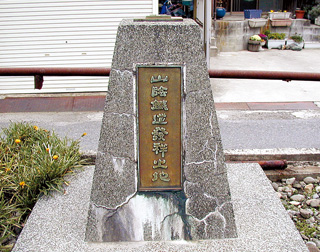
Monument as the cradle of railroad in Sanin.
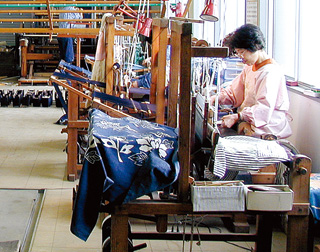
Weavers at Work.
Yumihama Gasuri
Sakaiminato area has been a producing area for good quality cotton since early days. The cotton is spun into thread, then it is space-dyed in indigo blue and is woven to make Kasuri fablic. Having 300 years in its history, Kasuri is designated as a traditional craft which is very rare in Japan. The beautifully woven patterns come out from the combined effort of wisdom and technique of weaver who can foresee the patern on finished product at the phase of space-dyeing. The natural touch and indigo blue of the Kasuri fabric very much attract the minds of people.
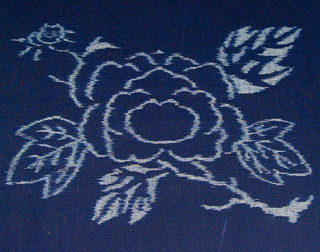
Yumihama Woven Space-dyed Cotton Fabric
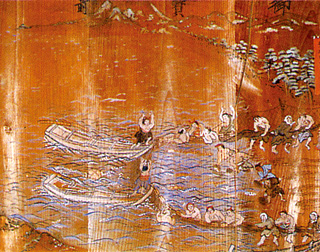
Votive Picture of "Dragnet"
Votive Pictures of "Dragnet", "Hell and Paradise"
The votive picture in size of 76cm x 107cm of "Dragnet," displayed at the Shofukuji Temple, vividly shows a fishing method by way of using dragnet that local fishermen exercised in the middle of 19th century. Sardines being so abundant in those days, a legend has it that 100 dragnets were used all at one time for each fishing. It has been said that the picture of "Hell and Paradise" inspired Mr.Shigeru Mizuki to become interested in Yokai.

Picture of "Hell and Paradise"
- Top page
- About Sakaiminato City
- Tourist Guide Map Of Sakaiminato City
- Mizuki Shigeru Road・Mizuki Shigeru Museum
- Yume Minato Tower
- History and culture have been closely connected with the sea.
- Festivals and Events
- Special Products
- Information For Access By Transportation
- Lodging
- Agencies and facilities
- Collection of Conversations
- Download brochure
- Links
Calling for Information
Commerce and Tourism Section, Industry Dept., Sakaiminato City
tsusyokanko@city.sakaiminato.lg.jp